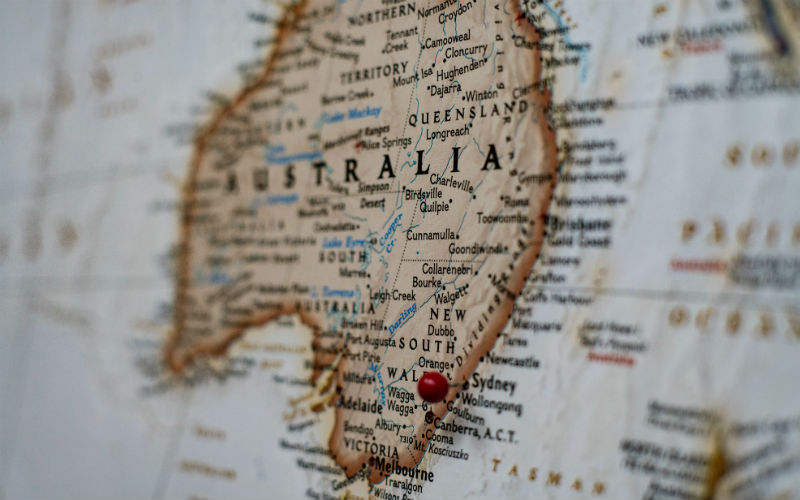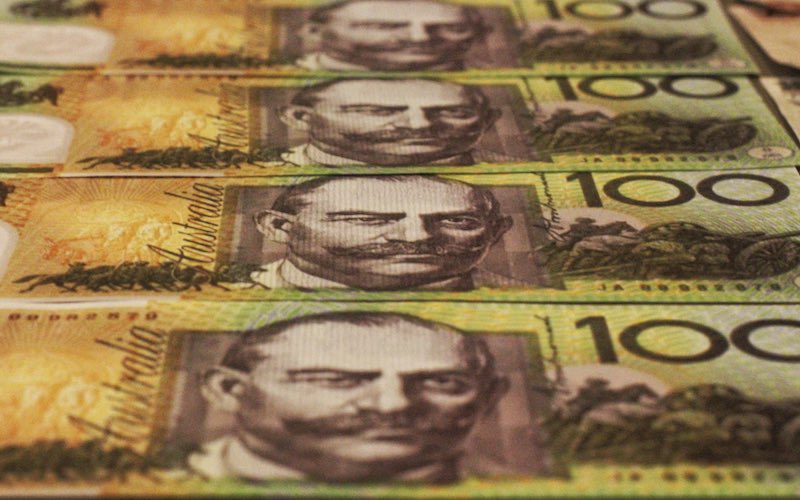In two-decimal terms the unemployment rate went from 3.87% to 3.88%.
The number of Australians in full-time employment fell 106,600 last month, while the number in part-time employment grew by 41,400.
But, looking longer term, the shift appears far less dire.
"While the December employment fall was large, the number of employed people was still 52,000 higher than September,” said David Taylor, Australian Bureau of Statistics' (ABS) head of labour statistics.
“The fall in employment in December followed larger than usual employment growth in October and November, a combined increase of 117,000 people, with the employment-to-population ratio and participation rate both at record highs in November."
However, the decrease in employed Australians doesn't appear to have taken the heat out of the labour market just yet.
"Both the unemployment and underemployment rates remained relatively low and the participation rate and employment-to-population ratio relatively high, suggesting that the labour market remains tight,” Mr Taylor said.
While the latest unemployment read is unlikely to worry the Reserve Bank of Australia, the stability is counter to its forecasts for 2024.
The central bank forecasts unemployment to rise to 4.5% by the end of this year as inflation continues to ease.
Inflation and unemployment typically move in opposite directions.
If inflation were to return to the RBA’s target band of 2% to 3%, it’s safe to say unemployment will probably rise in turn.
The ABS also revealed the participation rate, that is the percentage of Australians of working age who work or are willing to work, has slipped off its record high, coming in at 66.8% for December.
A high participation rate can weigh on wage growth, as more people fight amongst each other for job openings.
Of course, the lower wage growth, the less risk of rising wages impacting inflation – another positive for the RBA.
In addition, the employment-to-population ratio has hit its lowest level since May 2022 – the same month the RBA implemented its first hike of this cycle – at 64.2%.
Prior to today’s release from the ABS, major bank economists were forecasting unemployment to remain steady or drop slightly.
Those at CommBank were predicting unemployment would remain steady month-on-month, remaining at 3.9% with 20,000 new jobs added.
The rest of the big four, on the other hand, all forecast unemployment to drop to 3.8%, with between 20,000 and 35,000 new jobs added.
Will this impact the RBA’s February cash rate decision?
It’s unlikely that today’s unemployment read will steer the RBA away from a rate hike or towards a rate hold when its board meets early next month.
Though, it is one of the key considerations it will take into account.
The last major piece of the puzzle that will be put to the central bank in February will drop next week. That is, the inflation figures for the December quarter.
NAB threw in the towel yesterday, abandoning its forecast for a February rate hike on the back of the November inflation read – falling to 4.3% on an annual basis.
Image by Steven Groeneveld on Unsplash.



 Denise Raward
Denise Raward
 Harry O'Sullivan
Harry O'Sullivan

 Emma Duffy
Emma Duffy
 Brooke Cooper
Brooke Cooper

